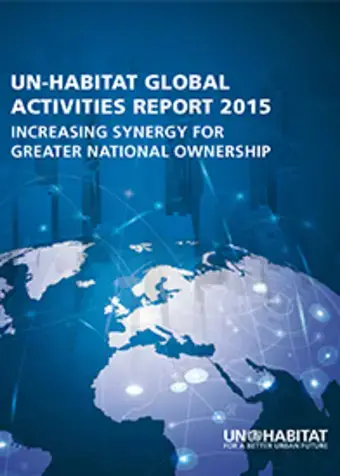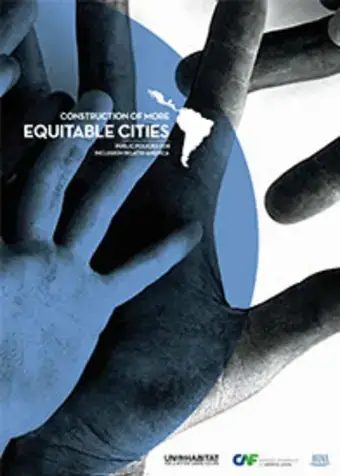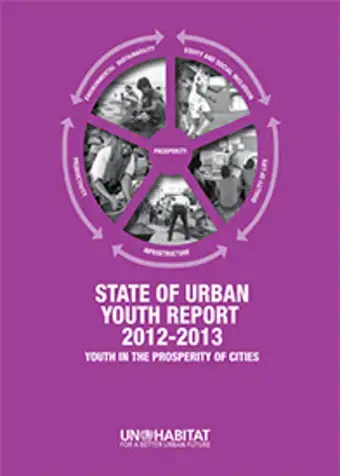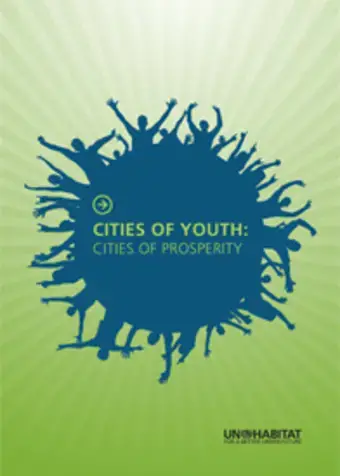Mohamed Halfani (UN-Habitat) outlines the notion of prosperity as it relates to the work of UN-Habitat. This introduction to the theme of urban prosperity highlights the disjuncture between current developmental dynamism of cities as exhibited in high levels of material generation and exponential growth in innovation coterminous with abysmal poverty, inequality and environmental degradation. A paradigm shift is suggested which calls for encompassing development dimensions which transcend a narrow economistic focus.




